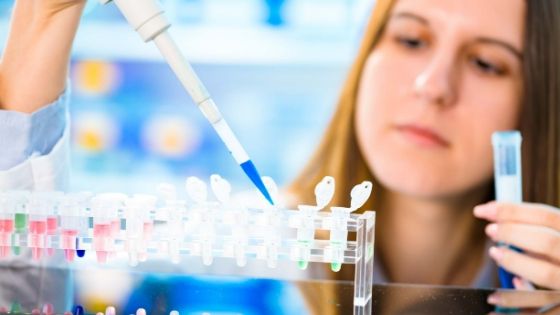Written by: Mai Ibrahim, Date: April 8th 2020
One of the defining moments of this generation will no doubt be the COVID-19 epidemic and how quickly it has swept across the planet, infecting millions, killing thousands, and changing our lives forever. As of this writing, there are currently 2,359 cases in the United Arab Emirates, and 2,795 cases in KSA. Although governments have acted quickly to quell the spread of the virus, there is little doubt that it will have significant impact for decades to come.
We are likely to see future medical and scientific efforts geared towards addressing pandemics in ways that minimize the disruption and challenges that we are experiencing. This is more than likely to include looking at ways to deploy treatments and vaccines faster, as well as looking at treatments that may have been overlooked in the past. One of the treatments that are currently being studies is through the use of stem cell therapy.
So, what, exactly, are stem cells? And how can they be used to address pandemics and cure future viruses?
What Are Stem Cells?
Stem cells are a unique and specific type of cell that are found throughout the human body. You may have heard about cord blood collection, which uses the richness of the stem cells that are found in the umbilical cord during childbirth. One key aspect that makes these stem cells unique is their ability to change into other types of cells, which makes them ideal for repairing the body as well as curing certain diseases.
Stem cells are “unspecialized”. Because of this lack of specialization and because of their ability to change as needed, stem cells are ideal for treating diseases. Additionally, stem cells have the unique ability of being able to renew themselves over longer periods of time than normal cells.
While research is ongoing, there appears to be future use to stem cells in the treatment of a variety of illnesses including Alzheimer’s, Parkinson’s disease and Cerebral Palsy. Recently there has been a case of a patient being cured of HIV as a result of a stem cell transplant.
There are different types of stem cells that include:
Hematopoietic stem cells, which can change into any blood cell or type of cellular blood.
Mesenchymal stem cells, which can turn into any type of cell, including muscle, bone or fat tissue.
Embryonic stem cells, these are cells that are taken from the inner mass of the blastocyte.
Induced pluripotent stem cells, these are cells that are taken from tissue specific cells and are engineered to behave like embryonic stem cells.
How Can They Be Used for Virus Treatment?
Stem cells have been well documented in treating over 80 diseases with many more studies that are ongoing. One of the more interesting studies involves treating a patient with HIV, a well-known, though not always understood virus that suppresses the creation of critical disease-fighting cells.
In a recent case, an HIV patient was treated with stem cells for acute myeloid leukemia. The donor of the stem cells that were used for the transplant happened to have a genetic mutation that made him immune from HIV. The end result? A patient who had previously been diagnosed with HIV was completely cured of the disease. We saw that the stem cells were able to replace the white blood cells with HIV resistant cells.
This case may well open the doors to other applications. Clinical trials are ongoing to see stem cells used for treatments in a variety of other areas such as Type II diabetes, autism, and even lung diseases. Stem cells may have very timely applications as well; there is currently an ongoing clinical trial that is using stem cells to treat COVID-19, the now infamous virus that has changed the way we will address pandemics for the next generation.
The science is evolving, but there is no question that stem cell therapies are a rapidly expanding field with the incredible potential to save lives. If you are interested in learning more about stem cells, current approved treatable diseases for stem cell, or want to learn more about banking your stem cells, please visit www.cellsave.ae







